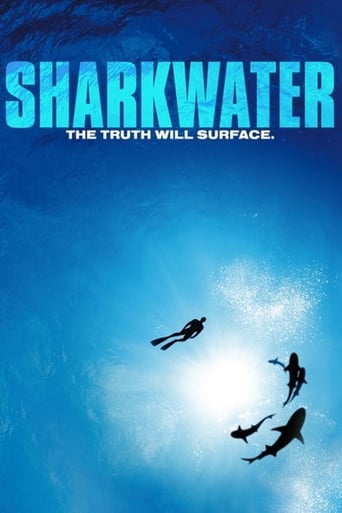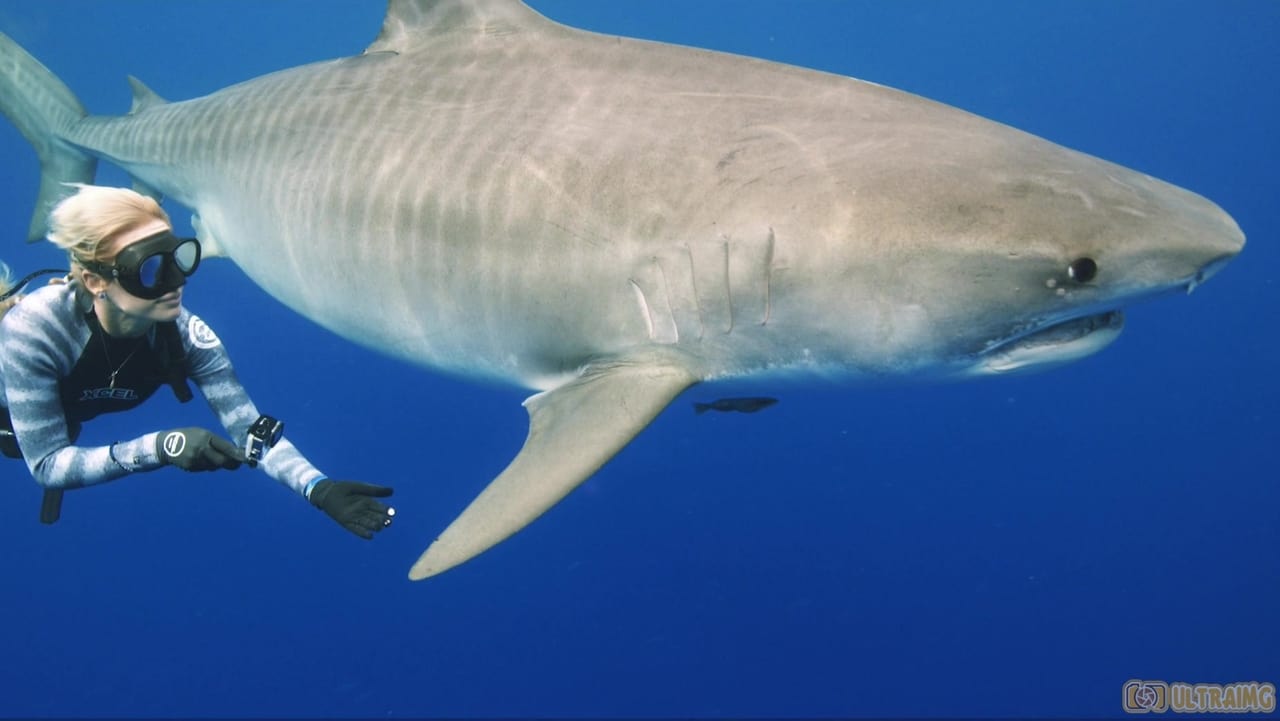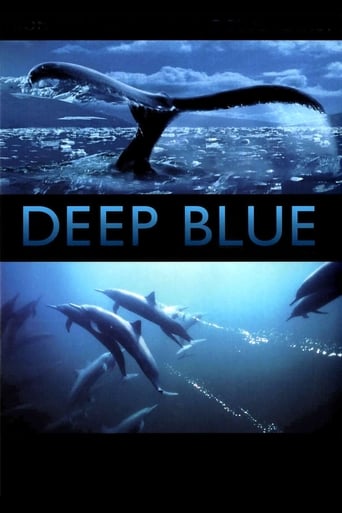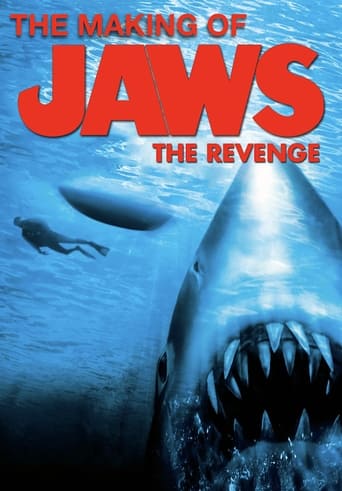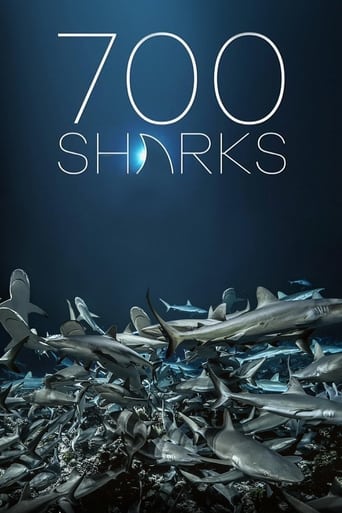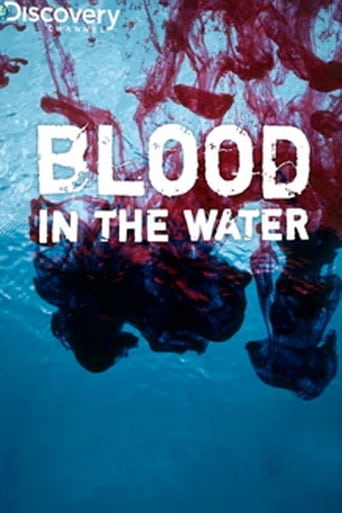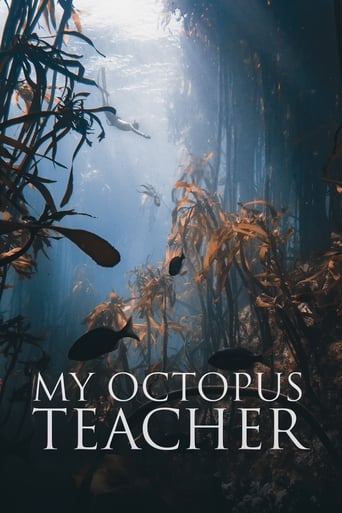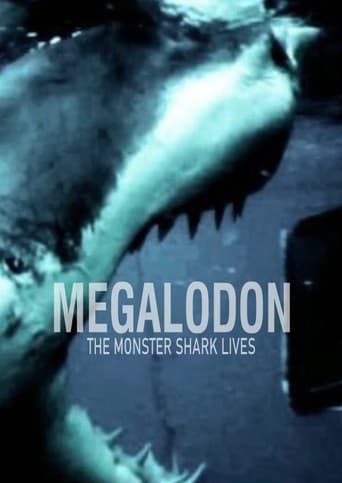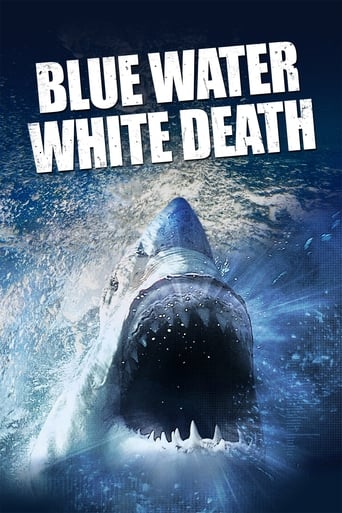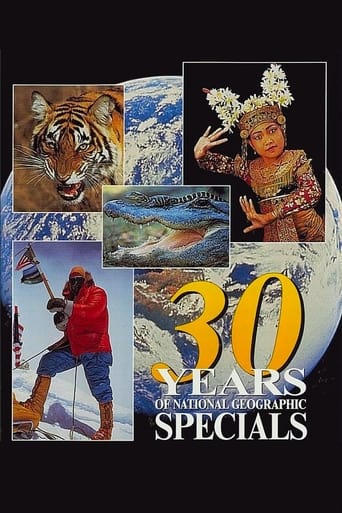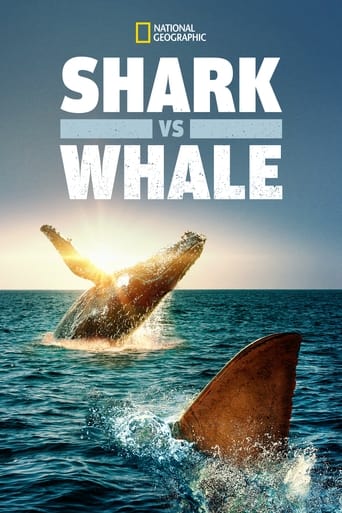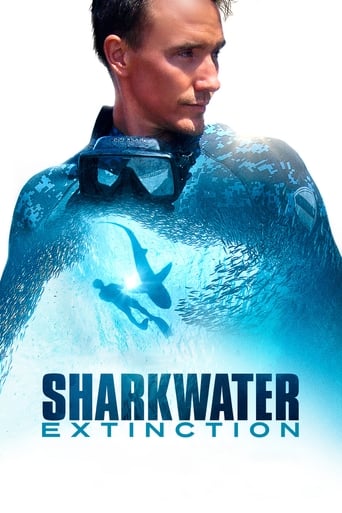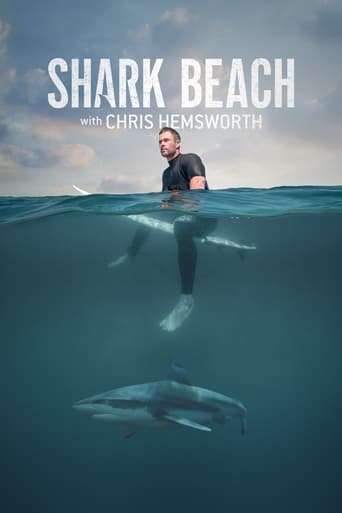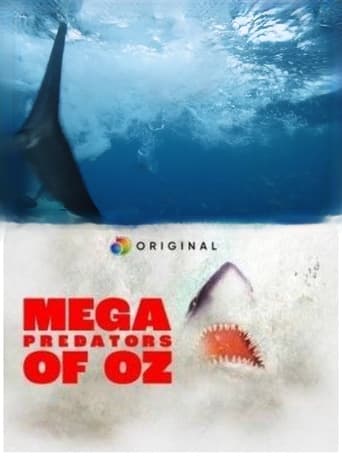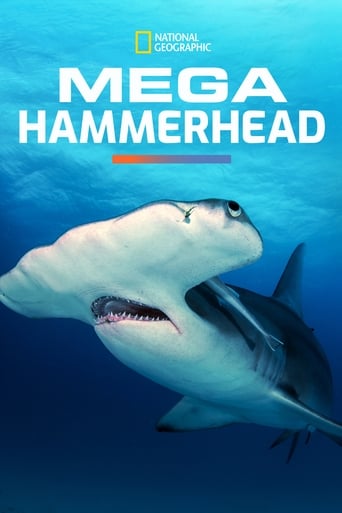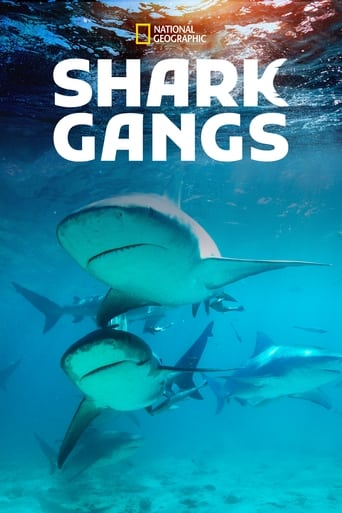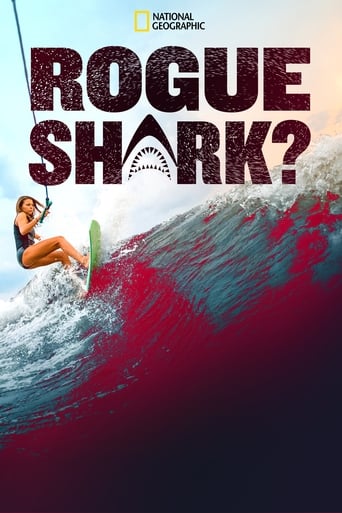Saving Jaws
OCEAN RAMSEY attributes her unparalleled connection with sharks to over a decade of research, but many are convinced it is something more... The media has dubbed her "The Shark Whisperer". Battling a looming extinction, Ocean and her team of marine biologists will travel the globe for 12 months, conducting research and expanding their conservation efforts. From renowned scientists and PHDs, to elite athletes and celebrities, "The Shark Whisperer" will lead humans from all walks of life out of their element and into the deep... free-diving with some of the worlds most dangerous sharks. Her goal: To give the world the opportunity to see sharks the way she does.
